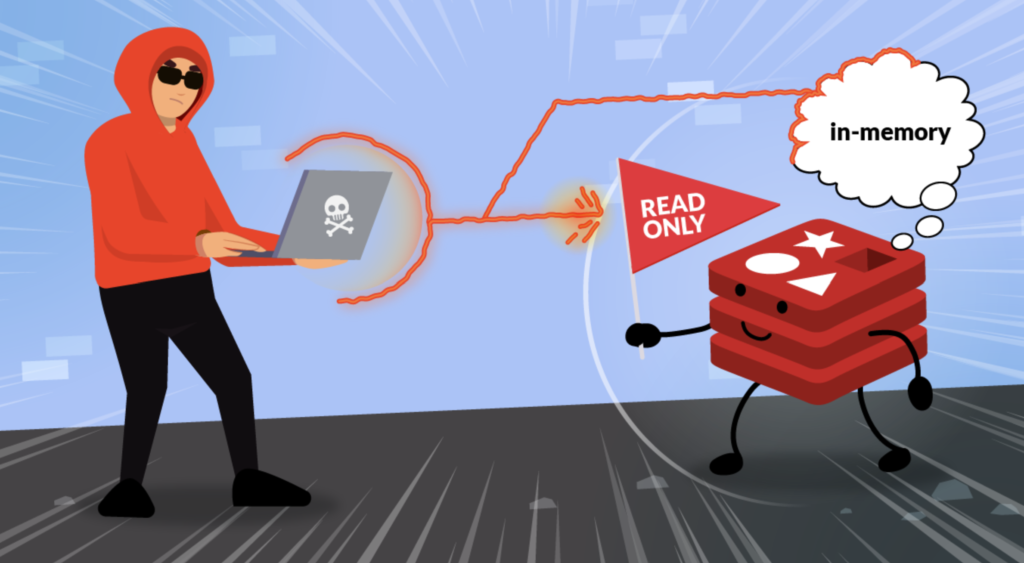If traditional malware is a burglar smashing your window, then fileless attacks are like a master ninja who sneaks in through your thoughts ‚ÄĒ okay, maybe not that extreme, but close.¬†
Fileless attacks are the stealth ops of the cybercrime world ‚ÄĒ they leave no trace, no file, and no easy way to catch them. For businesses, this means your antivirus software might be sipping coffee while an attacker is already poking around your system.¬†
Let’s break it down.
ūüíĽ So‚Ķ What Are Fileless Attacks?¬†
Unlike traditional malware that requires a file to execute ‚ÄĒ think ‚Äú.exe‚ÄĚ files or suspicious attachments ‚ÄĒ fileless attacks don‚Äôt rely on files at all. Instead, they exploit legitimate system tools and processes already running on your machine (like PowerShell or Windows Management Instrumentation) to carry out their dirty work.¬†Think of it as a hacker saying, ‚ÄúWhy bring my own tools when I can use yours?‚Ä̬†
 
 ūüߨ How Do Fileless Attacks Work?¬†
ūüߨ How Do Fileless Attacks Work?¬†
Here’s the hitman-style checklist of a fileless attack: 
- Phishing Bait: The attacker sends an email with a malicious link or macro-laced document. 
- Execution: Clicking the link launches a script (often PowerShell or JavaScript). 
- Living off the Land: The script leverages legitimate system processes ‚ÄĒ no new files involved!¬†
- Persistence & Payload: The attacker digs in, often pulling data or installing backdoors, all without triggering file-based alerts. 
By the time your antivirus thinks something‚Äôs up, the attacker has already left the building ‚ÄĒ Mission: Accomplished.¬†
ūüē≥ÔłŹ Why Are They So Dangerous for Businesses?¬†
Because they’re harder to detect than a typo in a lawyer’s contract. 
- No files = no traditional malware signature 
- Antivirus tools often don’t inspect system-native tools like PowerShell deeply 
- They hide in memory and disappear on reboot ‚ÄĒ unless the hacker sets up persistence¬†
For businesses, this means a hacker could steal sensitive data or install spyware without leaving a single file behind. 
 Real-World Example: The Equifax Breach 
Real-World Example: The Equifax Breach 
In 2017, Equifax got hit ‚ÄĒ hard. While not 100% fileless, the attackers used fileless techniques to evade detection for months. They ‚Äúlived off the land‚ÄĚ, moved laterally, and exfiltrated data without setting off alarms. ¬†
Result? Over 140 million people’s personal data exposed. Ouch. 
 
ūüõ°ÔłŹ How Can You Protect Your Business?¬†
Don’t panic. Instead, get proactive. Fileless attacks may be stealthy, but they’re not invincible. 
- Turn Off Macros by Default¬† Seriously ‚ÄĒ unless your business ‚Äúlives and dies‚ÄĚ by Excel macros, disable them. They‚Äôre like open doors for attackers.¬†
- Use Endpoint Detection & Response (EDR) Tools¬† EDR tools go beyond traditional antivirus. They monitor behavior, not just files ‚ÄĒ so if PowerShell starts acting shady, it gets flagged.¬†
- Restrict PowerShell and WMI Use  Use whitelisting. Lock down who and what can execute commands with these tools. 
- Enable Logging and Monitor It  PowerShell and script execution logs are your friends. Enable them and keep a watchful eye. 
- Security Awareness Training  Teach your team that not all emails are their friends. Social engineering is usually how these attacks begin. 
 
ūü§Ē Is It Really Fileless?¬†
Well, technically, some parts exist in memory, but there‚Äôs no persistent file left on disk ‚ÄĒ so in the world of cybersecurity, that‚Äôs basically a ghost.¬†
And let‚Äôs be real: fighting a ghost is tough. Unless you’re packing the cybersecurity version of a proton pack ‚ÄĒ aka, EDR tools, proper configuration, and smart user behavior.¬†
 
ūüí¨ Final Thoughts¬†
Fileless attacks may not leave fingerprints, but they still steal the crown jewels. 
They’re stealthy. They’re sneaky. But they’re not unbeatable. 
So, if your business doesn‚Äôt want to be the next ‚Äúunfortunate headline,‚ÄĚ it‚Äôs time to upgrade from traditional antivirus to full-on cyber vigilance.¬†
And remember ‚ÄĒ just because there‚Äôs no file, doesn‚Äôt mean there‚Äôs no threat. ūüß®¬†
Ready to elevate your cybersecurity strategy? Consult with our team and gain actionable insights tailored to your organization‚Äôs unique needs. If you haven‚Äôt by now, click the button below to schedule your 15-minute call.‚ÄĮ¬†









